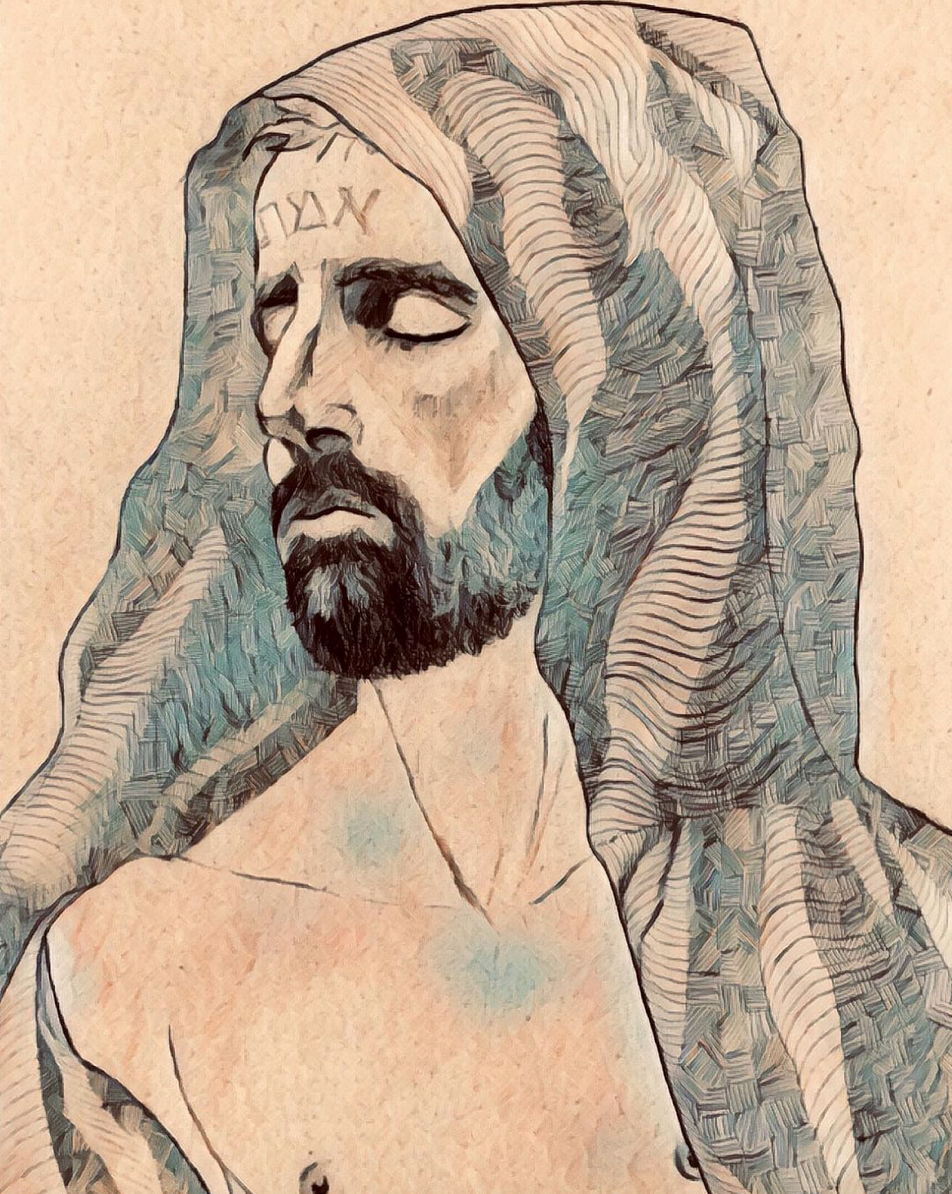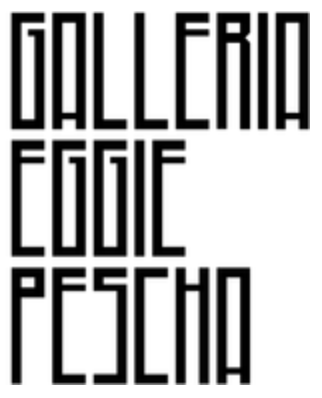GOLEM
A golem, an animated anthropomorphic being, has been a fascination of mine since childhood. It is formed out of a lifeless substance such as dust or earth, brought to life by ritual incantations, sequences of Hebrew letters and the breath of their human creator. The golem becomes a helper, a companion, or a rescuer of an imperiled Jewish community. In many golem stories, the creature runs amok and the golem itself becomes a threat to its creator.
The Hebrew term itself refers to an embryonic or incomplete substance, a cocoon or chrysalis.
The first practical instructions on creating a golem can be found in medieval commentaries on Sefer Yetzirah (Book of Creation). Originally, creating a golem was a way for medieval Jewish mystics to come closer to God. Unlike later golem legends, these Jewish mystics were predominantly focused on the process of creation and the texts actually provided ‘recipes’ for the production of the golem. The creative process itself was more important than the purpose a golem might serve.
The best-known version of the golem legend takes place in Prague and revolves around the studious Rabbi Loew. "Great men were once able to perform great miracles," begins the short story "The Golem," written by the author I. L. Peretz in 1890. In his narrative, Peretz retells the best-known version of the golem legend, which takes place in Prague. Rabbi Loew performs the great miracle of bringing a clay golem to life – by placing a magic word, the shem, in its mouth. Once brought to life, the golem is strong and protects the Jewish ghetto. It also performs all sorts of physical labor for its creator. But one day the golem flies in a rage, smashing buildings, flinging boulders, and uprooting trees. Rabbi Loew pulls the shem out of the golem's mouth and the creature falls to the ground, dissolving into dust. Frightened by this turn of events, the rabbi resolves never again to create such a dangerous servant. To this day, the dusty remains of the golem are said to be located in the closed-off attic of the Old New Synagogue in Prague.
Central to the golem legend is the human desire to create, together with a range of themes including creativity, control, power, and salvation. The golem also symbolizes each era's dreaded dangers and hopes for redemption.
The figure of the golem has been used by artists for ages, represented in painting, sculpture, literature and film. For artists, the golem motif serves as a powerful metaphor for artistic creation and for the struggles to give form to material. Moreover, as soon as an artwork is completed, it escapes the control of the artist, just as a golem escapes the control of its creator.
The golem still populates contemporary society, from comic books to film to computer games and other visual arts. It serves as a symbol for any human creation that serves a positive purpose but has the potential to escape our control. From cyborgs and atomic bombs to political movements, the golem has many faces.
(with thanks to the Jüdischen Museum Berlin).




